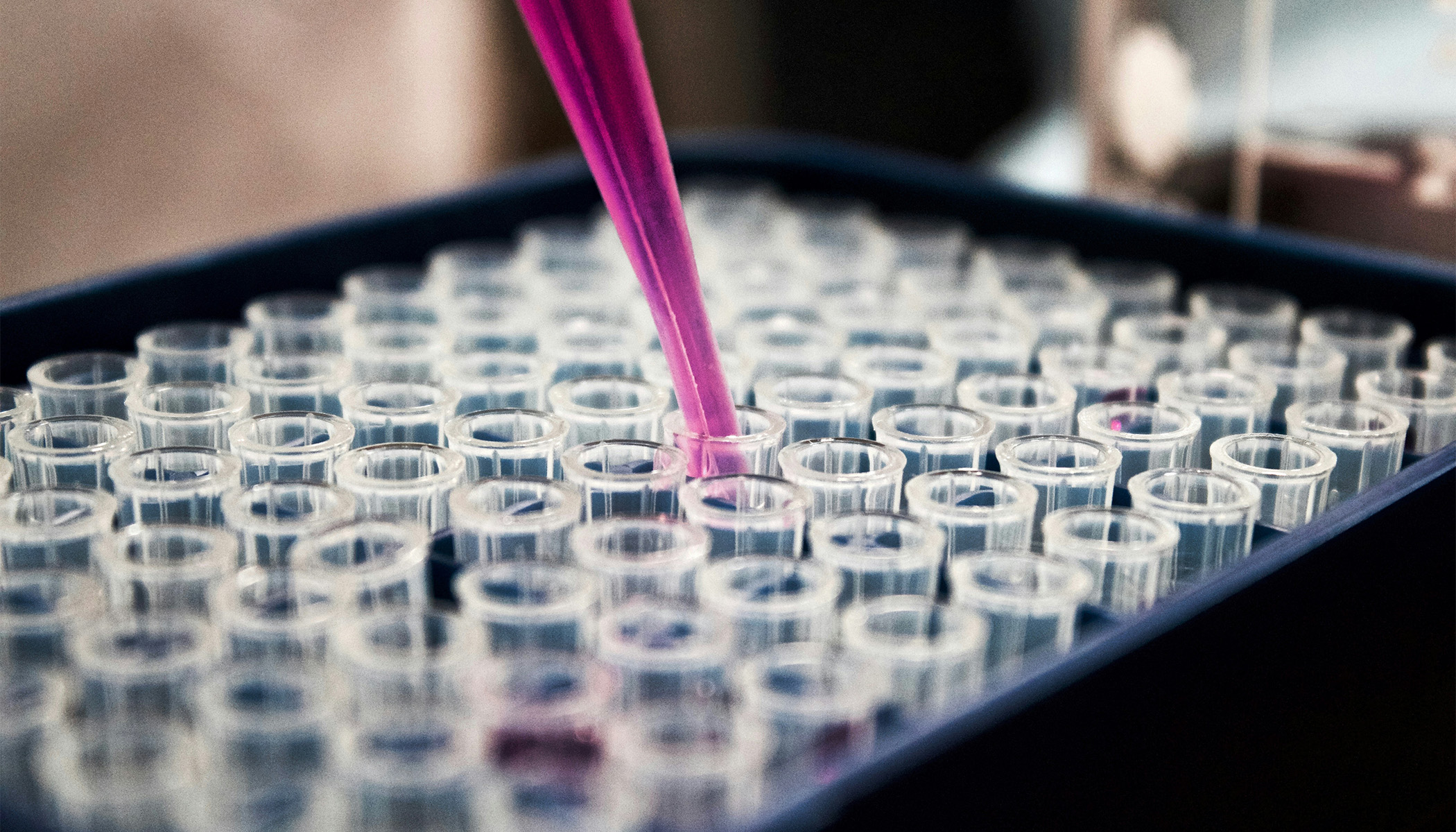Highly Sensitive, Reproducible SERS Detection
To move beyond current low-cost sensors, towards measuring trace analytes in applications such as healthcare monitoring, geology and mineralogy, pollution monitoring, and explosives detection new technologies are required.
For example, a key target in healthcare monitoring is to measure small molecule analytes such as hormones and neurotransmitters in biofluids such as blood, urine, saliva and tears at physiological concentrations (typically <1µM).
Background
While more than 4000 compounds have been identified in urine in expensive mass spec (eg GCMS) or NMR, their cost prevents longitudinal studies so that only single time points are typically available. Optics offers rich sensing modalities while high-tech innovation advances have opened new price/performance opportunities. We have been developing a low-cost optical platform that allows the measurement of a wide suite of small molecules in biofluids, capable of deployment in the clinic or home.
In Raman spectroscopy, laser light scattering off a sample can induce vibrations in molecules which lead to photons emitted at lower energy. Each molecule yields a specific fingerprint spectrum corresponding to its vibrations, allowing identification, even in mixtures. Typically, this process is too weak to detect trace analytes, but it can be enhanced up to billion-fold or more by trapping light into ‘hotspots’, through the process of surface-enhanced Raman scattering (SERS). Typically, the hotspots used are very inhomogeneous, making quantitative measurement poor, reproducibility poor, biofouling problematic, and reusability unviable. This technology developed by a team of researchers at the University of Cambridge is a systematic process for producing nanodevices containing reliable hotspots that can be cleaned and reused. This opens the way to microfluidic integrated solutions for bioanalyte sensing, that access low-cost technologies.
Technology overview
- The SERS sensing technique uses inelastic light scattering by molecules which can be enhanced when the molecules are adsorbed onto specific locations on silver or gold nanoparticle surfaces.
- This sensing technique uses optical hotspots found in nanocrevices to increase a Raman signal, allowing for the detection of analytes at low concentration.
- Our technology is a process to create reusable substrates for use in this SERS sensing technique. Unlike current SERS substrates which can be unreliable and single-use, this process creates reproducible and low-cost SERS substrates with predictable properties.
Benefits
- Ultrahigh sensitivity and precise discrimination
- Works in continuous flow solutions
- Rapid and cheap
- Compatible with microfluidics
- Applicable to a range of analytes such as neurotransmitters, drugs and chemicals
- Can detect analytes from water, urine, saliva etc
- Suitable for integration with other devices in a variety of applications, spanning from environmental to healthcare monitoring
Applications
Archaeology and Art, Chemistry, Geology and Mineralogy, Semiconductors, Carbon Materials, Medical devices, Pollution monitoring, Pharmaceuticals and Cosmetics, Explosives Detection
Opportunity
We are seeking industrial experts and partners to commercialise the technology under license
Inventors
Jeremy J Baumberg, Sarah Torres, Rakesh Arul, Marika Niihori, Elle Wyatt, David-Banjamin Grys
Enquiry for Low-Cost Trace Analyte Detection with Reusable SERS Substrates
Tags: analyte detection, low-cost, Raman signal, SERS, substrates




